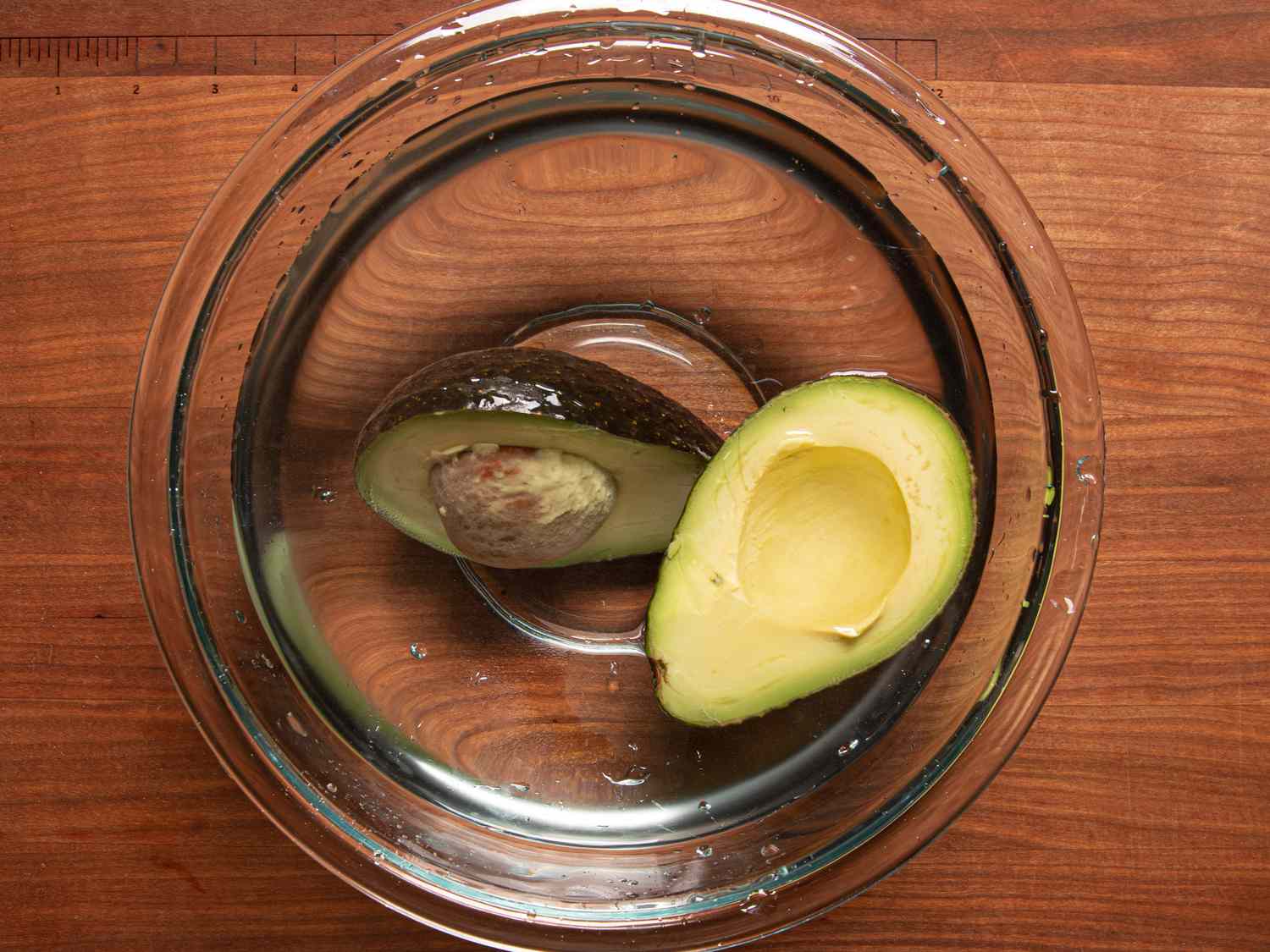

Articles
How To Store Avocado In Water
Modified: January 9, 2024
Learn the best way to store avocados in water with our informative articles. Keep your avocados fresh and delicious for longer.
(Many of the links in this article redirect to a specific reviewed product. Your purchase of these products through affiliate links helps to generate commission for Storables.com, at no extra cost. Learn more)
Introduction
Avocado is a delicious and nutritious fruit that is loved by many. Its creamy texture and rich flavor make it a versatile ingredient in various dishes, from salads to sandwiches to smoothies. However, avocados have a relatively short shelf life once they are ripe, and it can be challenging to keep them fresh for an extended period.
One method that has gained popularity is storing avocados in water. This technique involves submerging the avocado in water, which helps to prevent it from browning and maintains its freshness for an extended period. Storing avocados in water can be a practical and convenient way to extend their lifespan, allowing you to enjoy this nutritious fruit for longer.
In this article, we will explore the benefits of storing avocados in water, as well as provide you with step-by-step instructions on how to successfully store avocados in water. Additionally, we’ll discuss some handy tips and precautions to ensure you get the most out of this storage method.
So, if you’ve ever found yourself having to throw away ripe avocados because you couldn’t consume them all in time, read on to discover the technique of storing avocados in water and say goodbye to wasted avocados!
Key Takeaways:
- Extend the lifespan of ripe avocados by storing them in water, preventing browning, and preserving their nutritional value. Enjoy the convenience of having fresh avocado slices readily available for salads, sandwiches, and more!
- Follow simple steps to store avocados in water, ensuring optimal freshness and flavor. Choose ripe avocados, prepare them properly, and maintain cleanliness to savor the creamy goodness for an extended period.
Read more: How To Store Half An Avocado In Water
Benefits of Storing Avocado in Water
Storing avocados in water offers several benefits that make it an attractive option for prolonging their freshness. Here are some of the key advantages:
- Preventing browning: One of the biggest challenges with avocados is preventing them from turning brown once they are cut open. Storing avocados in water helps slow down the oxidation process, which is responsible for browning. By keeping the avocado submerged in water, you can significantly reduce the appearance of brown spots and keep it looking fresh.
- Extending shelf life: Avocados have a relatively short shelf life, especially once they ripen. Storing them in water can help extend their freshness by several days. This is particularly useful if you have purchased a large number of avocados or want to save some for later use.
- Easy and convenient: Storing avocados in water is a simple and hassle-free method. It requires minimal preparation and does not involve any complicated steps. All you need is a few minutes of your time and a container of water to keep your avocados fresh and ready to use.
- Preserving nutritional value: Avocados are loaded with essential nutrients, including healthy fats, vitamins, and minerals. Storing them in water helps preserve their nutritional content by minimizing exposure to air and other factors that can degrade the nutrient levels.
- Versatility: Storing avocados in water allows you to have readily available avocado slices whenever you need them. You can easily retrieve a pre-sliced avocado from the container without the need for cutting and preparing it each time. This makes it convenient for adding avocados to salads, sandwiches, or as a topping for various dishes.
These benefits make storing avocados in water a practical and efficient method for preserving their freshness and enjoying avocados for a more extended period. The next section will guide you through the step-by-step process of storing avocados in water.
Steps to Store Avocado in Water
Storing avocados in water is a straightforward process that can help prolong their freshness. Follow these simple steps to store avocados in water:
- Choose the right avocado: Select ripe avocados that are slightly soft to the touch but not overly mushy. The avocados should have a uniform color and no signs of bruising or rotting.
- Prepare the avocado for storing: Cut the avocado in half lengthwise and remove the pit. You can leave the skin on or peel it off, depending on your preference. If you decide to keep the skin on, make sure to remove any remaining pit attached to the flesh.
- Select the appropriate container: Choose a container that is large enough to accommodate the avocado halves and deep enough to hold enough water to cover them completely. Glass or plastic containers with a tight-fitting lid are ideal for storing avocados in water.
- Add water to the container: Fill the container with enough water to cover the avocado halves completely. Make sure the water level is above the avocado flesh to prevent air exposure, which can lead to browning.
- Store the avocado in water: Carefully place the avocado halves into the water, flat side down. Ensure that they are fully submerged. If necessary, you can gently press them down to ensure they are covered by water.
- Maintain the freshness: Place the container with the avocado in the refrigerator. The cold temperature will help slow down the ripening process. It is recommended to consume the avocados within 2-3 days for the best flavor and texture.
By following these steps, you can keep your avocados fresh and ready to use for a longer period. However, keep in mind that storing avocados in water is not a long-term storage solution. It is best to consume them within a few days to enjoy the optimal taste and quality.
Next, we will discuss some tips and precautions to ensure you get the most out of storing avocados in water.
Choosing the Right Avocado
When it comes to storing avocados in water, selecting the right avocado is crucial for achieving the best results. Here are some tips to help you choose the perfect avocado:
- Ripe but not overripe: Look for avocados that are ripe but not overly mushy or too firm. Gently squeeze the avocado in the palm of your hand – it should yield slightly to pressure without feeling too soft or too hard.
- Uniform color: A ripe avocado should have a consistent color throughout its skin. Avoid avocados with dark spots or significant color variations, as these may indicate bruising or spoilage.
- No visible signs of damage: Inspect the avocado for any visible signs of damage, such as cracks, cuts, or mold. These issues can affect the quality and shelf life of the avocado.
- Stem test: Another reliable method to determine the ripeness of an avocado is by removing the small stem at the top. If the flesh underneath is green, the avocado is ripe and ready to use. If it is brown or black, the avocado may be overripe or spoiled.
- Consider the time of use: If you plan to use the avocado immediately, choosing a perfectly ripe avocado is ideal. However, if you want to store it for a few more days, opt for an avocado that is slightly underripe. It will continue to ripen in water, giving you a longer window of usability.
Remember that the ripeness of avocados can vary, so it’s a good idea to have a mix of avocados at different stages of ripening. This way, you have a variety to use for immediate consumption or store in water for future use.
Now that you know how to choose the right avocado, the next section will discuss the importance of preparing the avocado properly before storing it in water.
Preparing the Avocado for Storing
Properly preparing the avocado before storing it in water is essential to ensure its freshness and quality. Follow these steps to prepare the avocado for storing:
- Cut the avocado in half: Use a sharp knife to cut the avocado in half lengthwise, starting from the top and moving down towards the bottom. Gently rotate the avocado as you cut until you reach the pit.
- Remove the pit: Once the avocado is cut in half, carefully remove the pit. You can do this by gently tapping the pit with the edge of a knife and twisting it slightly to dislodge it from the flesh. Be cautious while removing the pit to prevent any injuries.
- Leave the skin on or remove it: Decide whether you want to store the avocado with the skin on or peel it off. Leaving the skin on can help protect the avocado flesh from exposure to air, but it may make it harder to gauge the ripeness. If you choose to remove the skin, use a spoon to scoop out the avocado flesh from each half.
- Remove any remaining pit: If you decide to keep the skin on and there is a small piece of the pit still attached to the avocado flesh, carefully remove it using a knife or spoon. Leaving any pit in contact with the flesh can cause it to spoil quickly, so ensure it is completely removed.
- Keep the halves intact: To maintain the avocado’s shape and prevent browning, keep the halves intact while storing them in water. This helps to minimize the exposed surface area and promotes better preservation.
By following these steps, you will prepare your avocado halves for optimal storage in water. Whether you choose to keep the skin on or remove it is a matter of personal preference, but ensure that you remove any remaining pit to prevent spoilage.
In the next section, we will discuss selecting the appropriate container for storing avocados in water.
Read more: How To Store An Avocado
Selecting the Appropriate Container
Choosing the right container is essential for successfully storing avocados in water. Here are some factors to consider when selecting the appropriate container:
- Size: Opt for a container that is large enough to accommodate the avocado halves comfortably. The container should have enough space to hold the avocados without squishing them or causing them to overlap.
- Depth: Select a container with sufficient depth to hold enough water to fully submerge the avocado halves. Keeping the avocados completely covered in water is crucial for preventing browning and maintaining their freshness.
- Tight-fitting lid: It’s recommended to choose a container with a tight-fitting lid or cover. This helps create a sealed environment, preventing air exposure and potential contamination. Airtight containers also help maintain the moisture inside, further extending the avocado’s freshness.
- Material: Glass or food-grade plastic containers are both suitable options for storing avocados in water. These materials are non-reactive and won’t leach harmful chemicals into the water or the avocados.
- Transparency: Opt for a transparent or translucent container, allowing you to easily see the avocados inside without opening the lid. This helps monitor the condition of the avocados and avoid unnecessary exposure to air.
Ensure that the container you choose is clean and dry before adding the avocados and water. Any residual dirt or moisture can affect the freshness of the avocados and potentially introduce contaminants.
Now that you have selected the appropriate container, the next step is to add water to ensure the avocados stay fresh while stored.
To store an avocado in water, place the cut side down in a container filled with enough water to cover the flesh. Store in the refrigerator for up to 2 days.
Adding Water to the Container
Once you have chosen the right container to store your avocados in water, the next step is to add water to create the optimal storage environment. Here’s how to add water to the container:
- Fill the container: Start by filling the container with clean tap water or filtered water. Fill it enough so that when you place the avocado halves inside, they will be fully submerged.
- Submerge the avocados: Carefully lower the avocado halves into the water, making sure they are positioned with the flesh side facing down. Gently press them down if needed to ensure they are completely covered with water.
- Ensure full coverage: It’s essential for the avocados to be fully submerged in the water to prevent browning and maintain their freshness. If the water level is not high enough to cover the avocados completely, add more water until they are adequately covered.
- Avoid overfilling: While it’s crucial to cover the avocados with enough water, be cautious not to overfill the container. Leave some space at the top to prevent water from overflowing when placing the lid or cover on the container.
- Optional: Lemon juice or vinegar: Some people prefer to add a small amount of lemon juice or vinegar to the water before submerging the avocados. The acidic nature of these ingredients can help further prevent browning. However, this step is purely optional and varies based on personal preference.
By adding water to the container and ensuring the avocados are fully submerged, you create a protective environment that minimizes browning and maintains the avocado’s freshness.
Now that the avocados are stored in water, it’s important to know how to maintain their freshness over time. We will explore that in the next section.
Storing the Avocado in Water
Now that you have prepared the avocados and added water to the container, it’s time to store them properly. Follow these steps to ensure the avocados stay fresh while stored in water:
- Place the container in the refrigerator: Find a space in your refrigerator where the container can be placed safely. The cool temperature of the refrigerator helps slow down the ripening process and extends the shelf life of the avocados.
- Keep the container airtight: Ensure that the lid or cover of the container is tightly sealed to create a sealed environment. This helps minimize air exposure and prevents any unwanted odors or flavors from permeating the avocados.
- Avoid stacking or crushing: Place the container with the avocados in a location where it won’t be stacked or crushed by other items. Avoid placing heavy items on top of the container, as this can damage the avocados and affect their quality.
- Monitor the avocados: Periodically check on the avocados to ensure they are maintaining their freshness. Remove any avocados that show signs of spoilage or a strong odor, as they may have become overripe or started to rot.
- Consume within 2-3 days: While storing avocados in water can help extend their freshness, it’s best to consume them within 2-3 days for optimal flavor and texture. The longer they are stored, the higher the chance of their quality deteriorating.
By following these guidelines, you can store the avocados in water safely and enjoy them over an extended period. Remember to check for any signs of spoilage and consume the avocados within a few days for the best taste and quality.
In the following section, we will provide some tips and precautions to help you make the most out of storing avocados in water.
Maintaining the Freshness of Avocado in Water
To ensure that your avocados stay fresh and maintain their quality while stored in water, it’s important to follow these tips and precautions:
- Keep the water clean: Regularly check the water in the container and replace it if it becomes cloudy or dirty. This helps prevent any bacterial growth or contamination that can affect the avocados’ freshness.
- Avoid excessive handling: Minimize the amount of time you handle the avocados while storing and retrieving them from the water. Excessive handling can lead to bruising, which can accelerate spoilage.
- Store in a cool refrigerator: Avocados are sensitive to temperature changes, so it’s important to keep them in a cool environment. Store the container in the refrigerator where the temperature is consistently cool (around 40°F or 4°C). Avoid storing the avocados in the refrigerator door where temperatures can fluctuate more.
- Avoid stacking the avocados: If you need to store multiple avocados in the same container, make sure they are arranged in a single layer. Stacking avocados can lead to uneven pressure and result in faster spoilage.
- Check for freshness before use: Before using the avocados, inspect them for any signs of spoilage or off-putting odors. If an avocado looks or smells off, it’s best to discard it to prevent any potential health risks.
- Store with the water: When storing or serving the avocados, it’s best to keep them submerged in the water until ready to use. This helps maintain their freshness by minimizing their exposure to air, which can cause browning.
- Slice the avocado when needed: To maximize freshness, it’s recommended to slice the avocado only when you’re ready to use it. Leaving the avocados whole and slicing them as needed helps preserve their flavor and texture.
- Use clean utensils: When retrieving avocado halves from the water, use clean utensils to prevent any contamination. Dirty utensils can introduce bacteria or other unwanted substances, affecting the avocados’ freshness.
By following these tips and precautions, you can maintain the freshness of avocados stored in water and enjoy them at their best. Remember to be mindful of cleanliness and handling to ensure the avocados stay in optimal condition.
Next, we will conclude our discussion on storing avocados in water and summarize the key points.
Read more: How To Store Smashed Avocado
Tips and Precautions for Storing Avocado in Water
When storing avocados in water, it’s helpful to keep in mind these additional tips and precautions to ensure the best results:
- Choose ripe avocados: Select avocados that are at the appropriate level of ripeness. Too ripe avocados may become mushy, while underripe avocados may not soften enough in water.
- Store only whole avocados: It’s best to store avocados in water when they are still whole. Sliced avocados have a larger exposed surface area, which can lead to faster browning and deterioration.
- Avoid overcrowding: Opt for a container that allows enough space for the avocados to fit comfortably without pressing against each other. Overcrowding can cause bruising and increase the risk of spoilage.
- Keep the container upright: Store the container with the avocados in an upright position to prevent water from leaking or spilling out of the container.
- Use fresh water: It’s important to use fresh water every time you change or replenish the water in the container. Avoid reusing water from a previous storage session as it may contain impurities or bacteria.
- Label the container: If you’re storing multiple avocados in different containers, consider labeling them with dates to keep track of their freshness. This helps ensure you consume the avocados in the right order.
- Keep the container away from strong odors: Avocado absorbs odors easily, so avoid storing the container near strong-smelling ingredients or foods. This helps prevent the avocados from taking on unwanted flavors.
- Use the stored avocados wisely: Once you retrieve the avocados from the water, use them promptly. Avoid storing them back in water after they have been sliced or partially consumed as this can compromise their freshness and quality.
By following these tips and precautions, you can optimize the storage of avocados in water and enjoy fresh, delicious avocados for an extended period.
Now, let’s conclude our discussion on storing avocados in water.
Conclusion
Storing avocados in water is a simple and effective method for extending their freshness and enjoying them for a longer period. By following the steps and tips outlined in this article, you can ensure that your avocados stay fresh, vibrant, and ready to use whenever you need them.
Storing avocados in water offers several benefits, such as preventing browning, extending their shelf life, and preserving their nutritional value. It is an easy and convenient way to make the most out of ripe avocados while avoiding waste.
Remember to choose ripe avocados, prepare them properly by removing the pits and deciding whether to leave the skin on or peel it off. Select an appropriate container that is large enough to accommodate the avocados comfortably and deep enough to cover them with water.
Adding water to the container and ensuring the avocados are fully submerged is essential for maintaining their freshness. Store the avocados in the refrigerator, keep the container airtight, and consume them within 2-3 days for optimal flavor.
By maintaining the cleanliness of the water, avoiding excessive handling, and following the provided tips and precautions, you can keep your avocados in water fresh and delicious.
So, the next time you have ripe avocados that you can’t finish in one go, consider storing them in water to extend their lifespan and enjoy them at your convenience. With this simple technique, you can savor the creamy goodness of avocados for longer and reduce food waste in your kitchen.
Try storing avocados in water and discover a new way to maintain their freshness while unlocking boundless culinary possibilities!
Frequently Asked Questions about How To Store Avocado In Water
Was this page helpful?
At Storables.com, we guarantee accurate and reliable information. Our content, validated by Expert Board Contributors, is crafted following stringent Editorial Policies. We're committed to providing you with well-researched, expert-backed insights for all your informational needs.
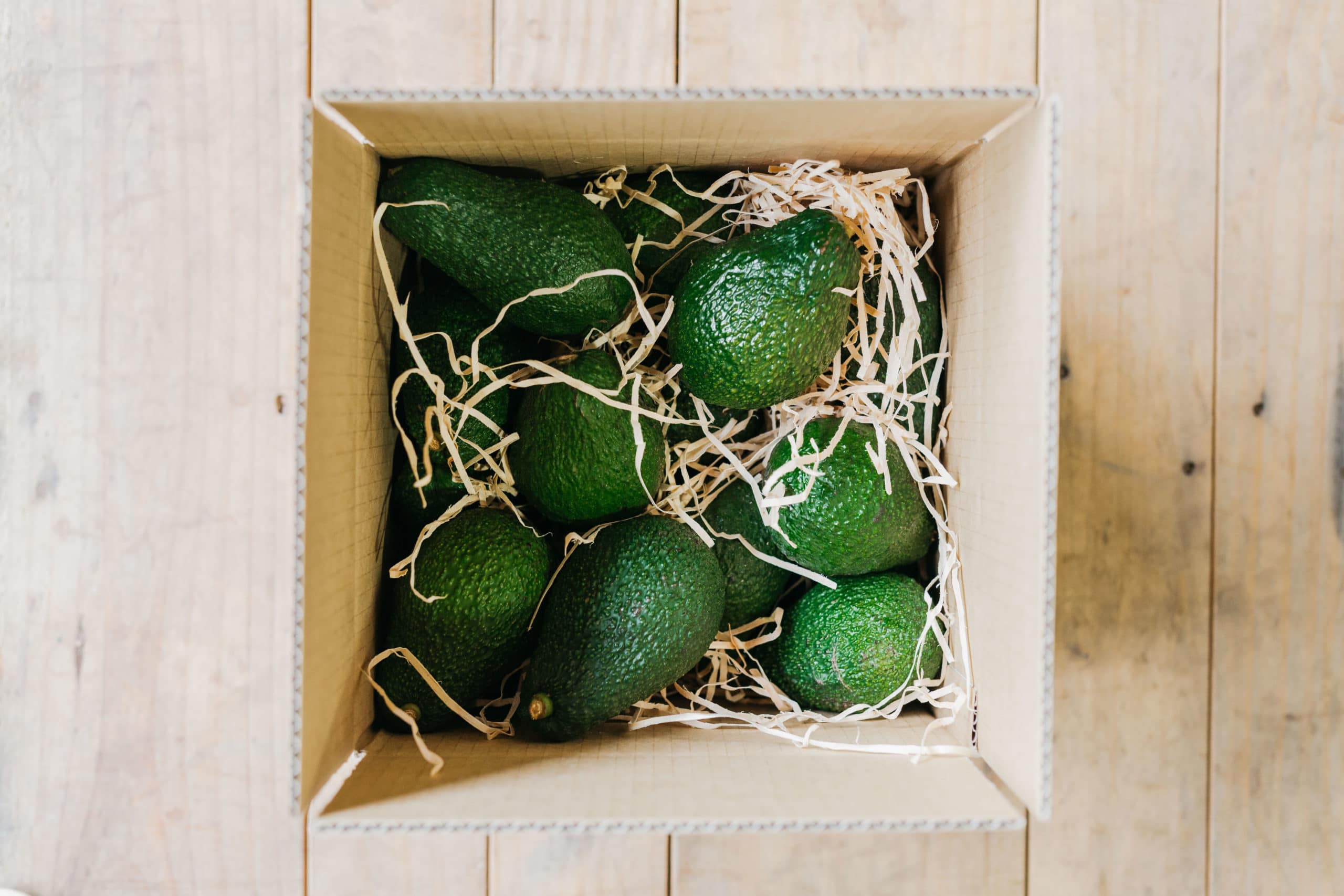
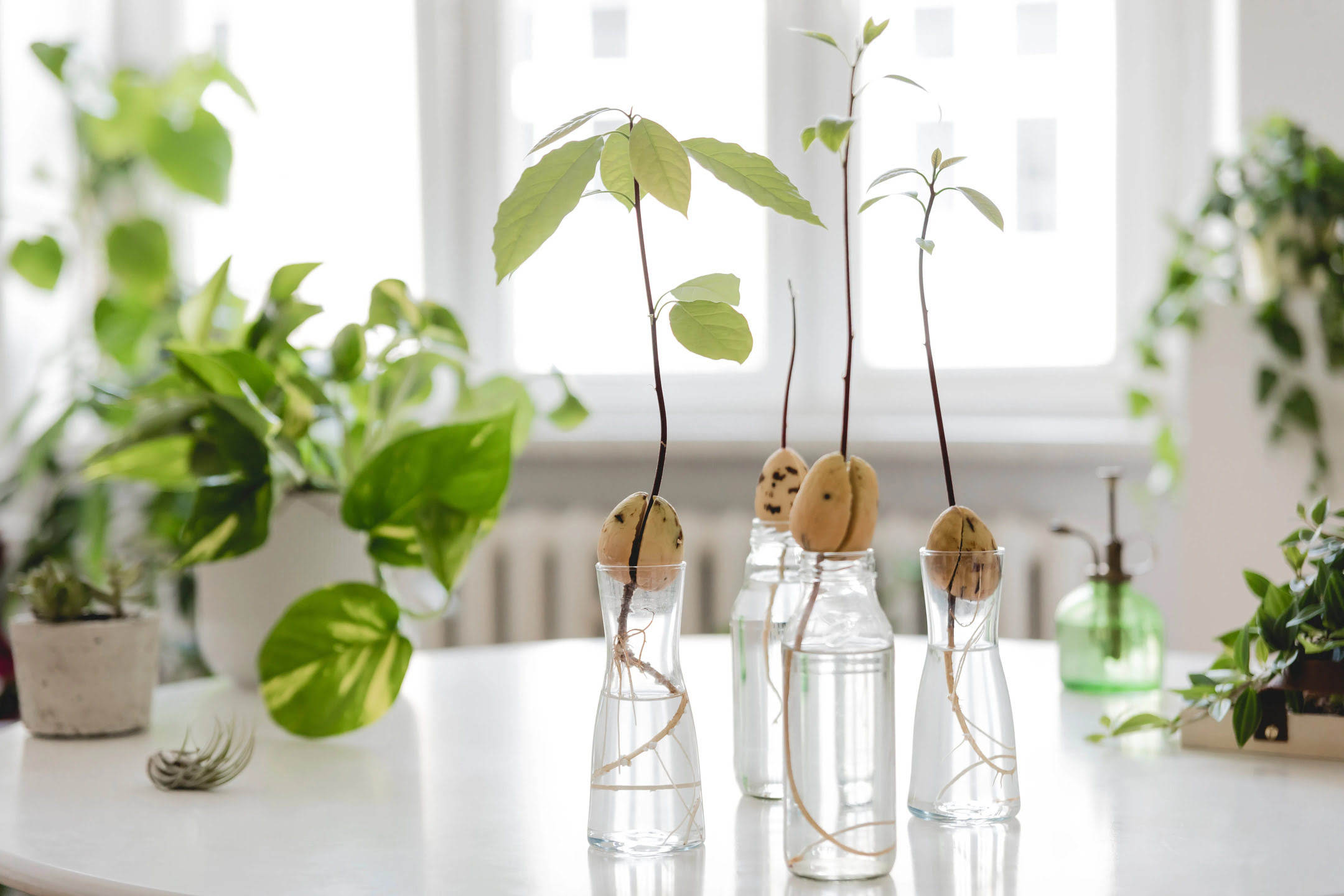
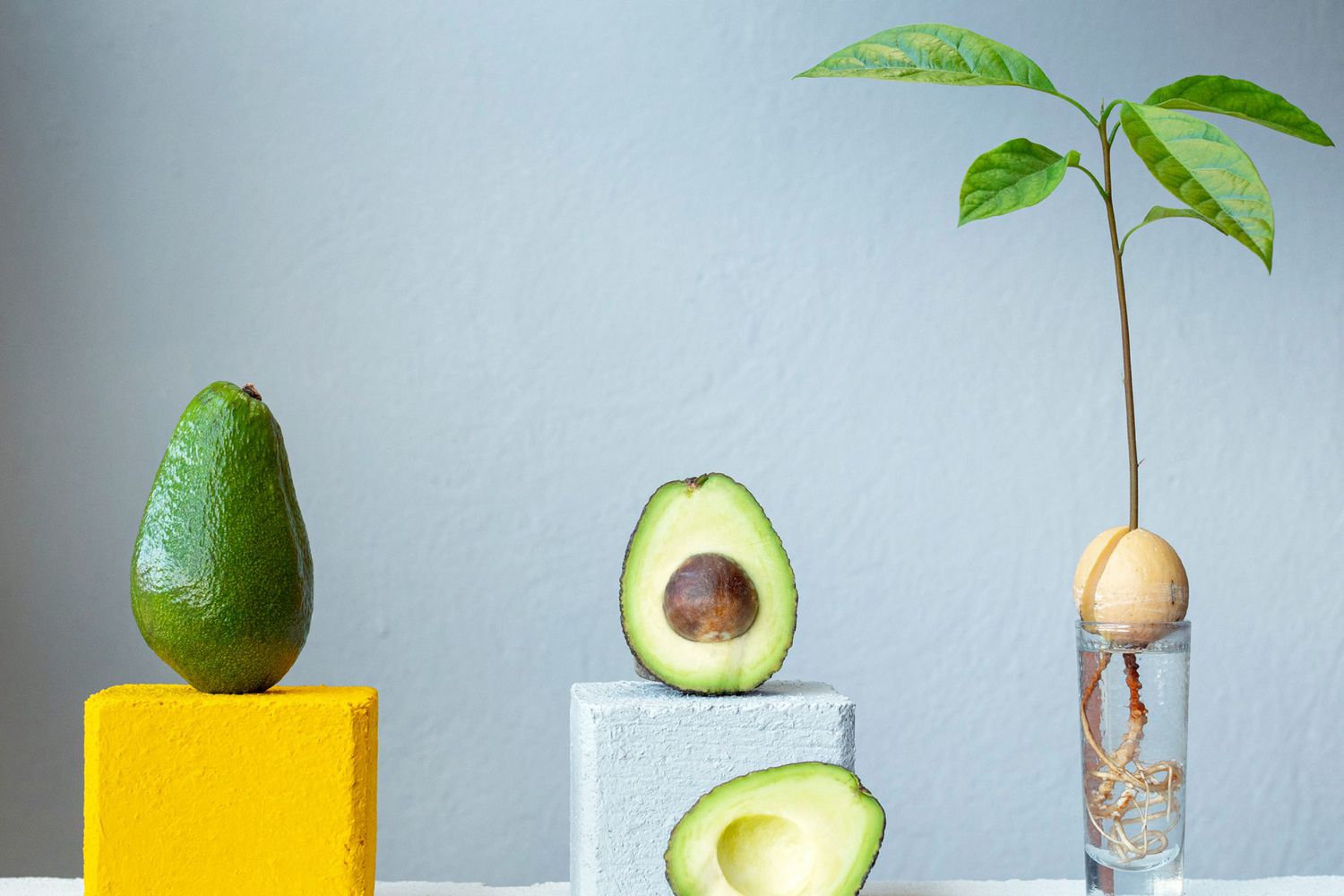
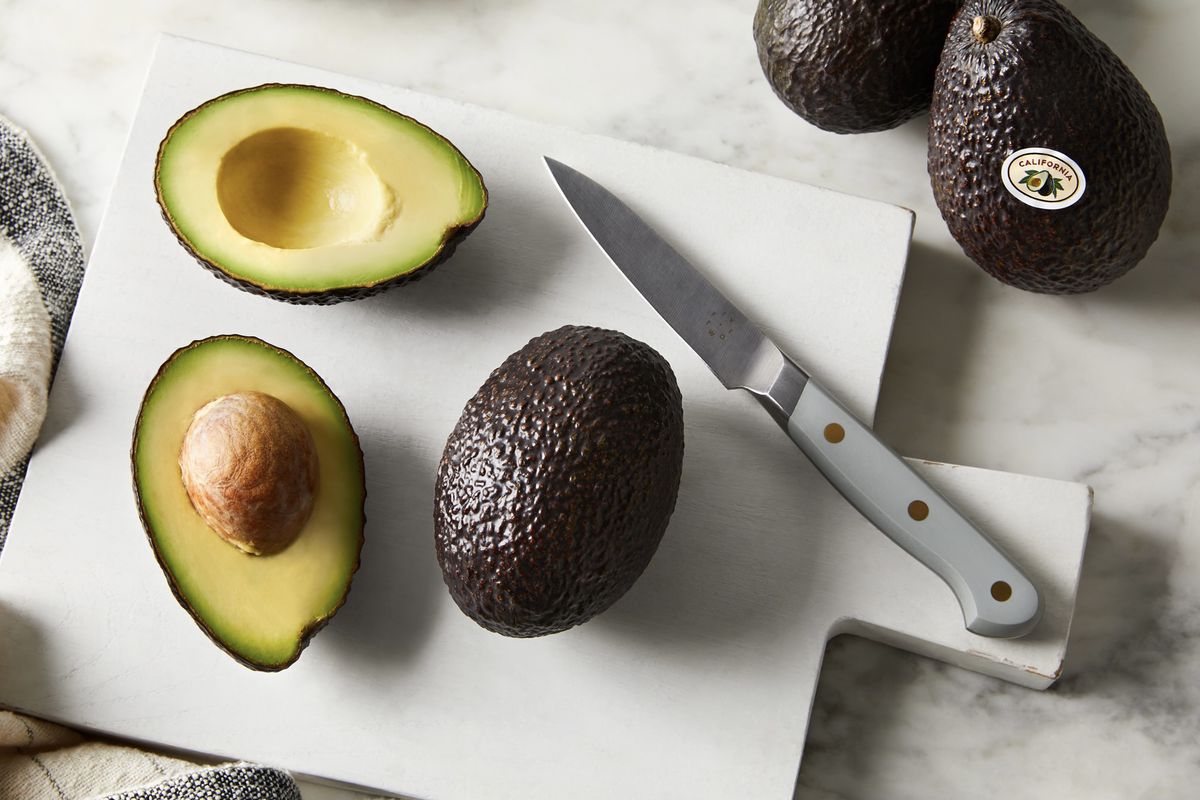
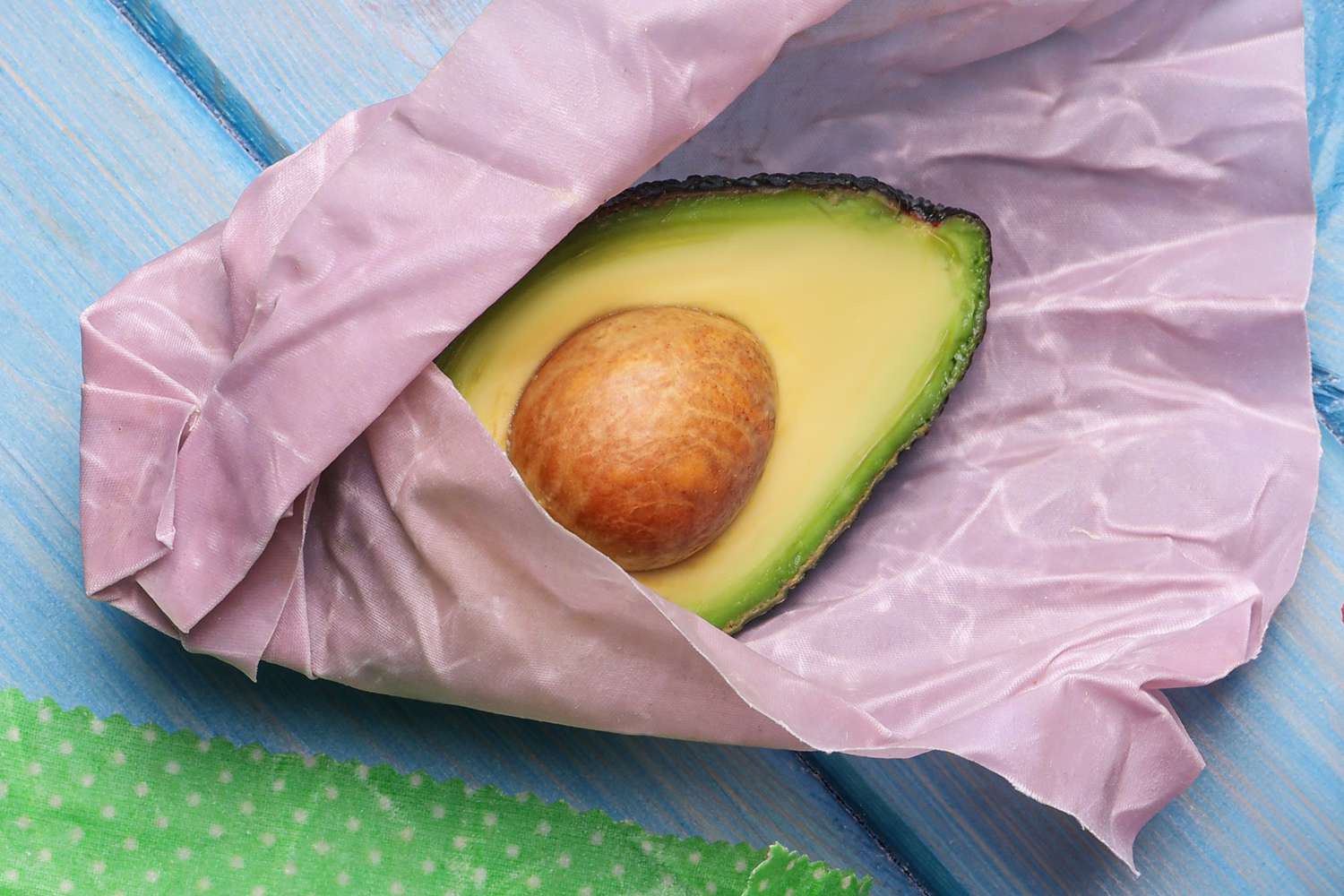
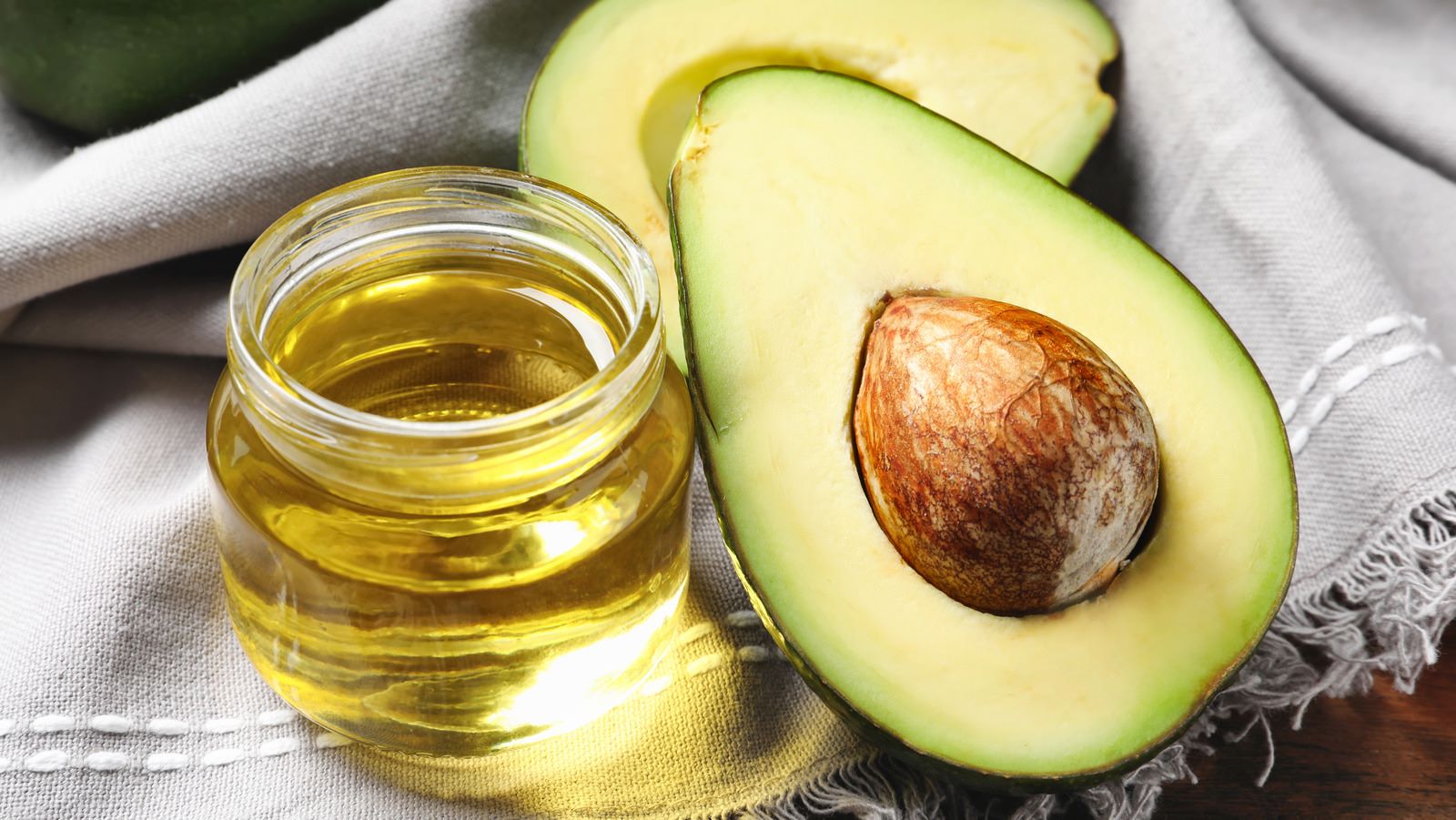
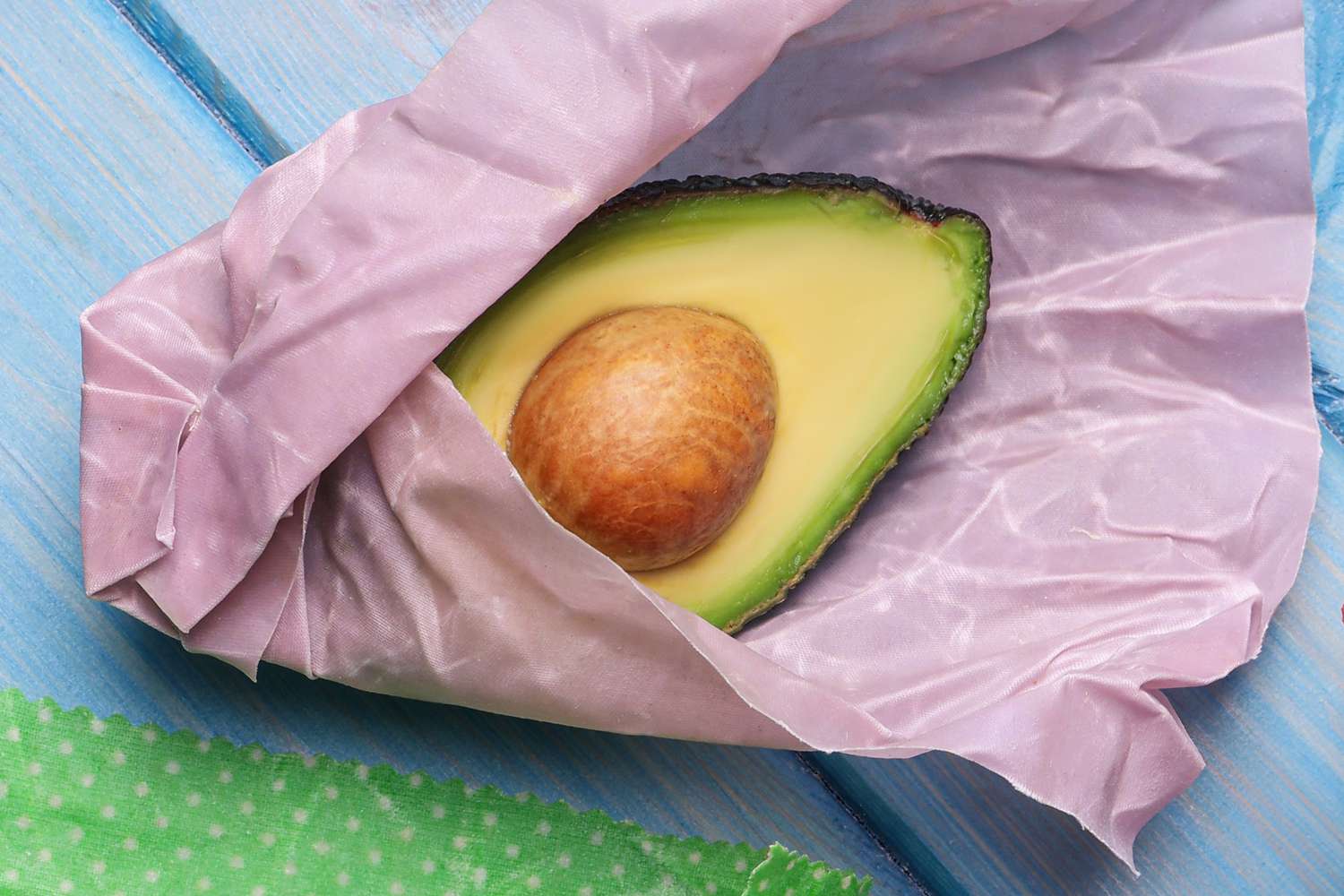
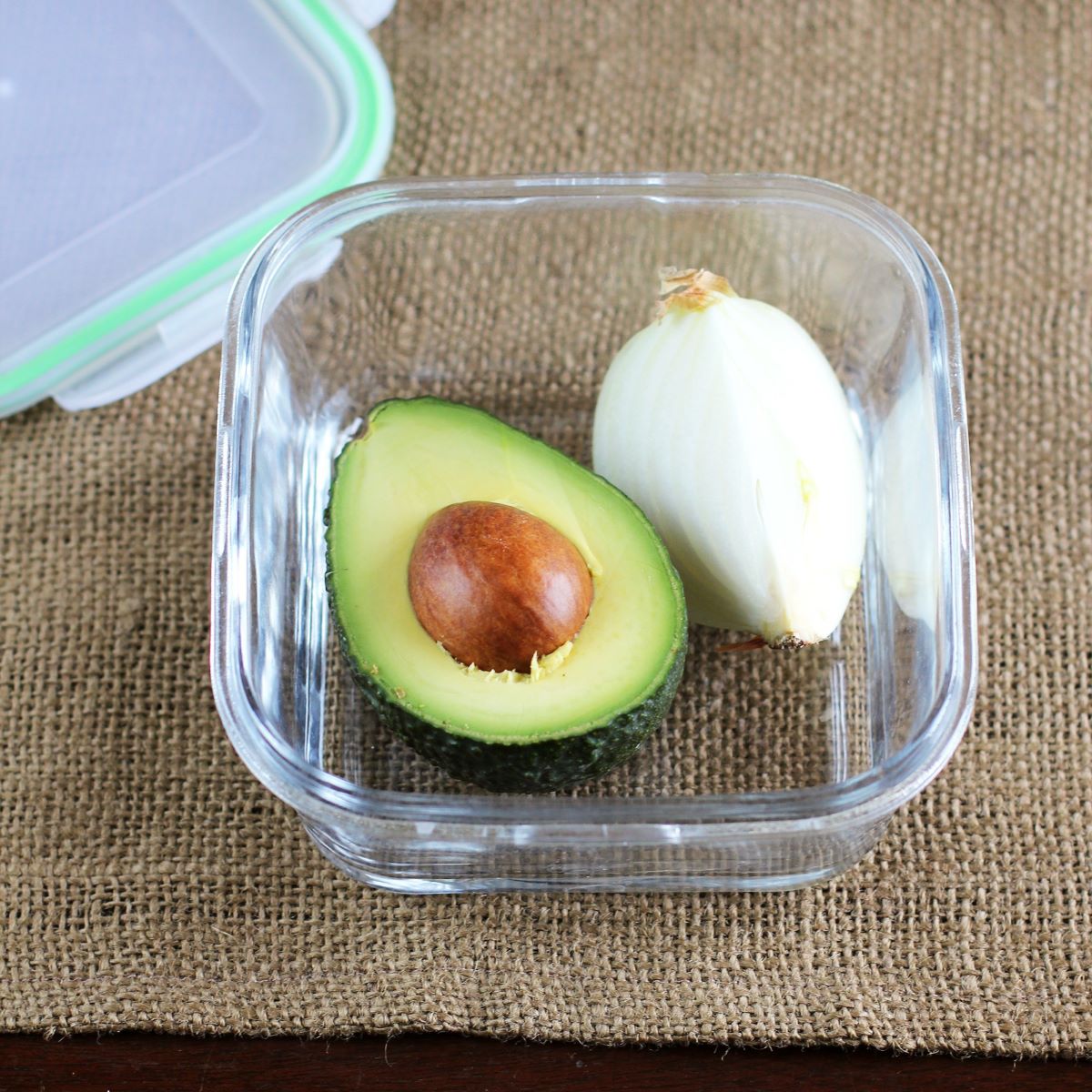
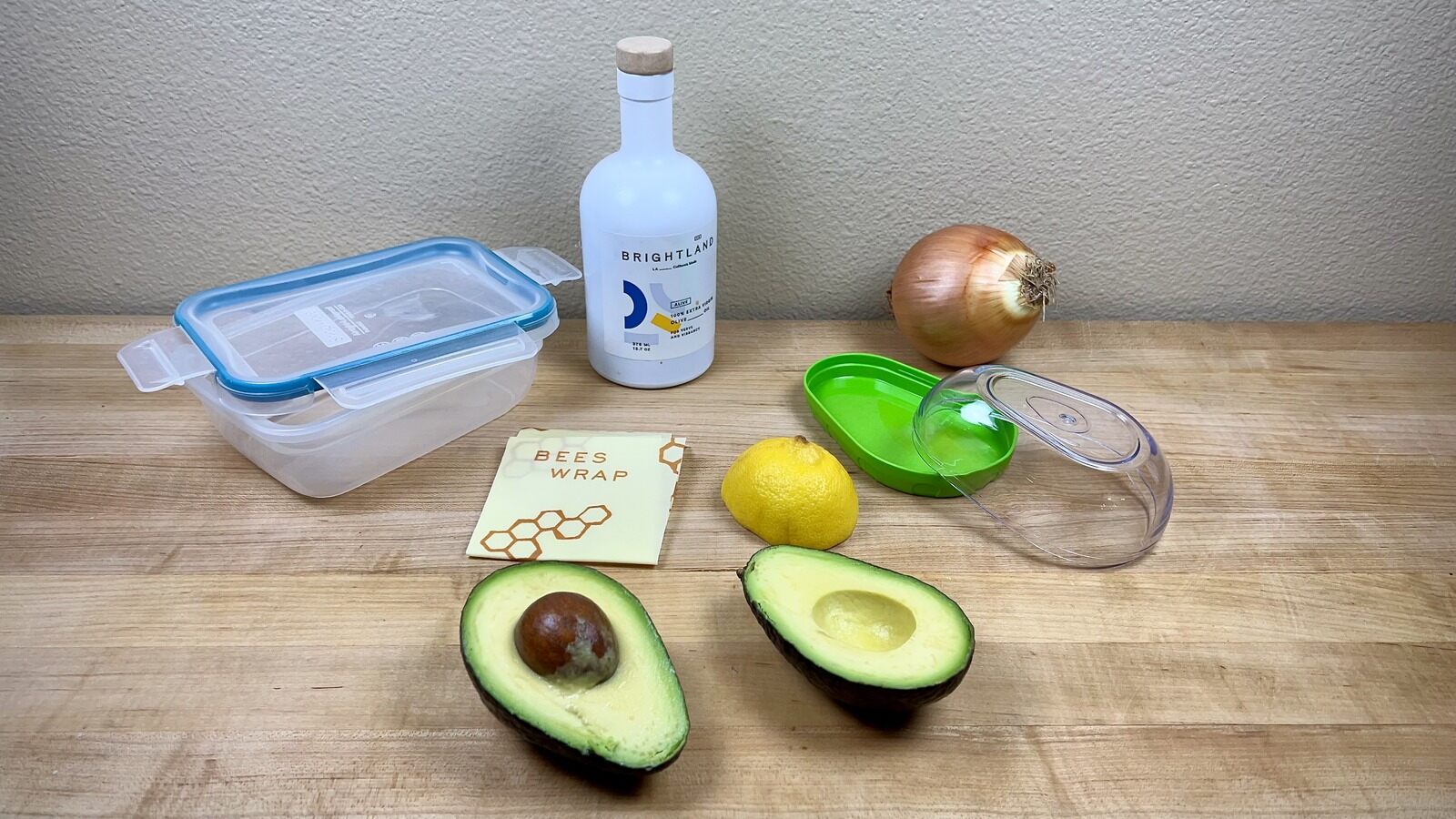
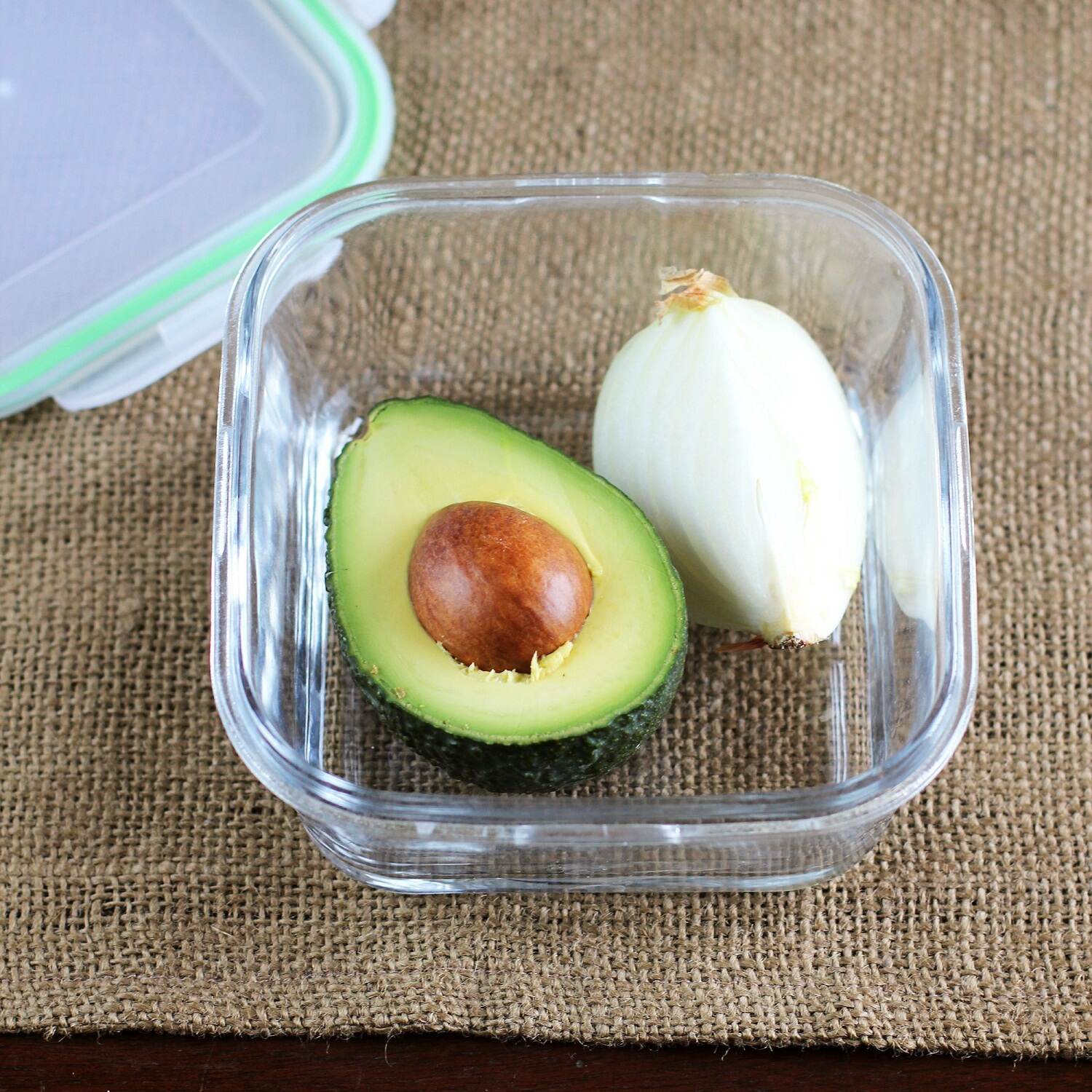

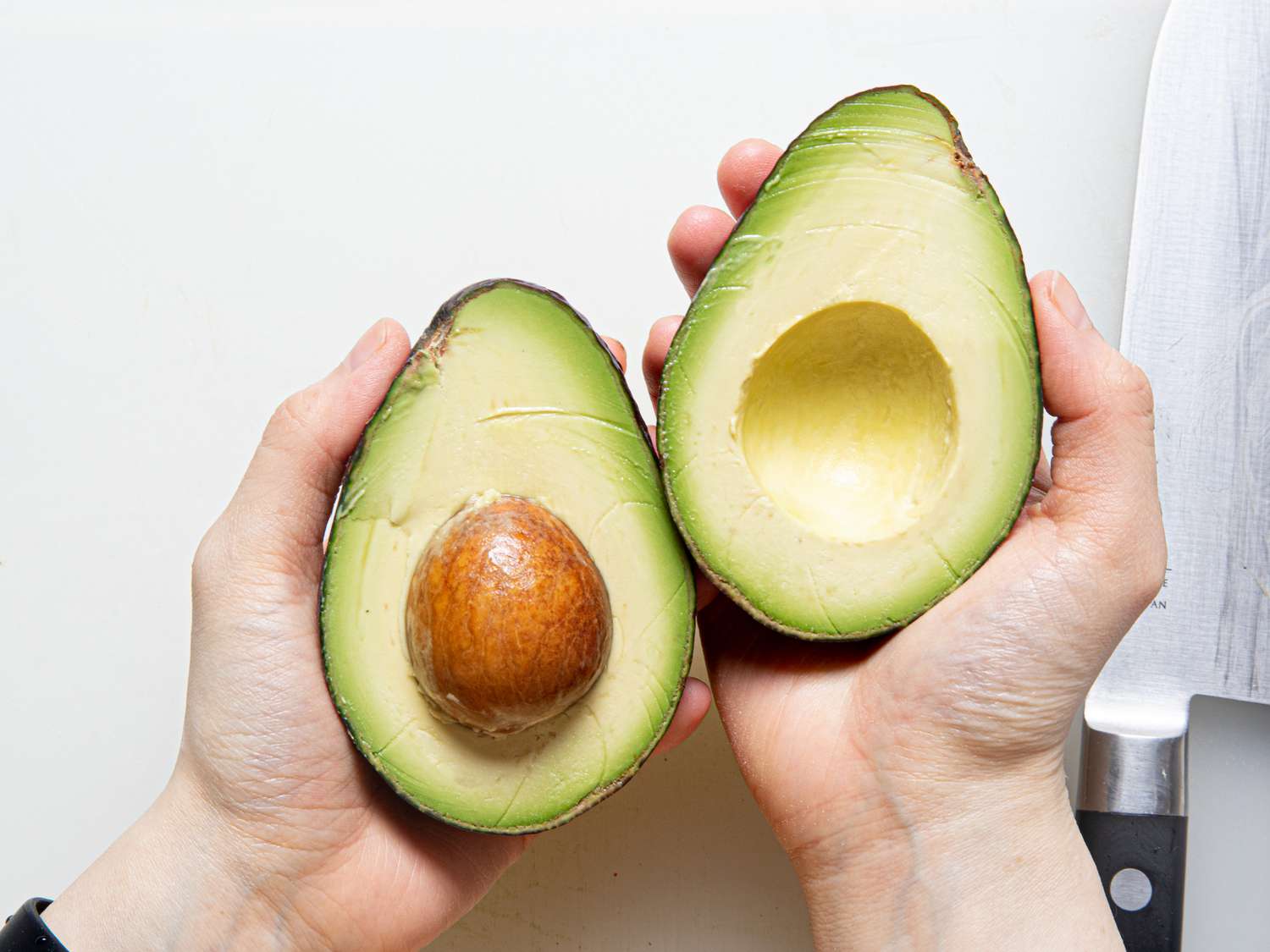
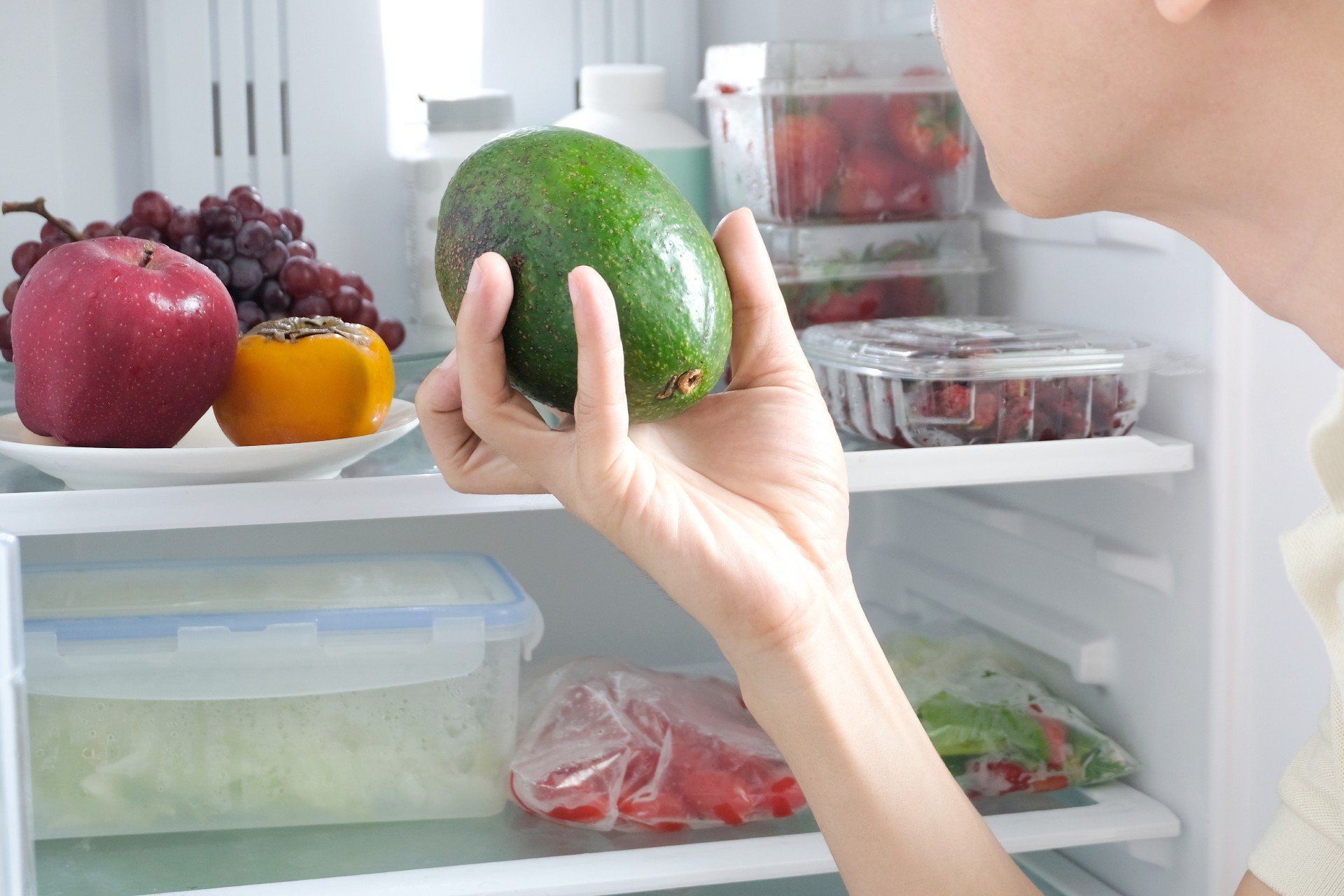

0 thoughts on “How To Store Avocado In Water”